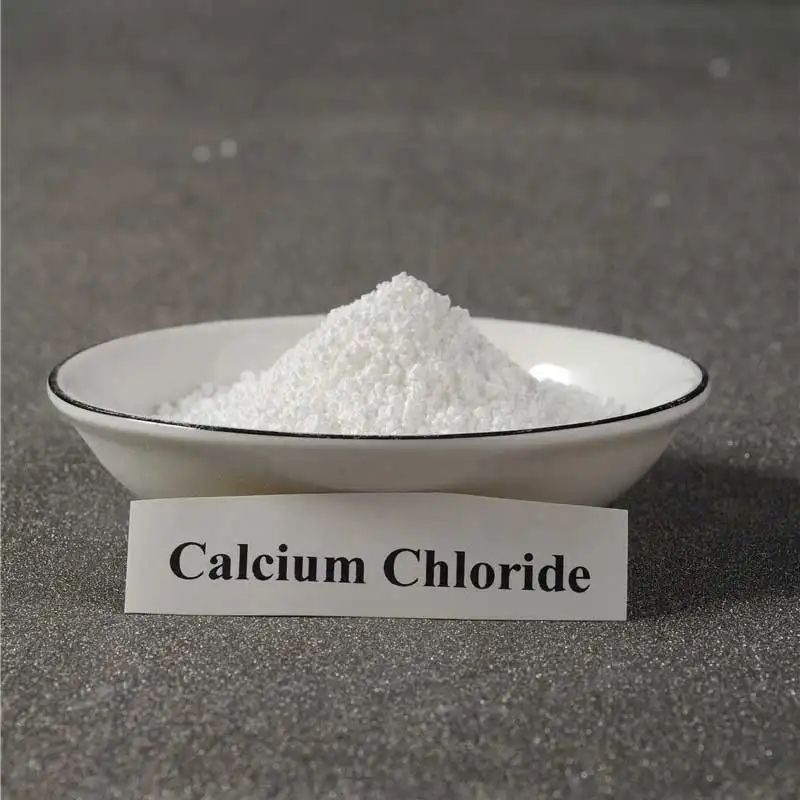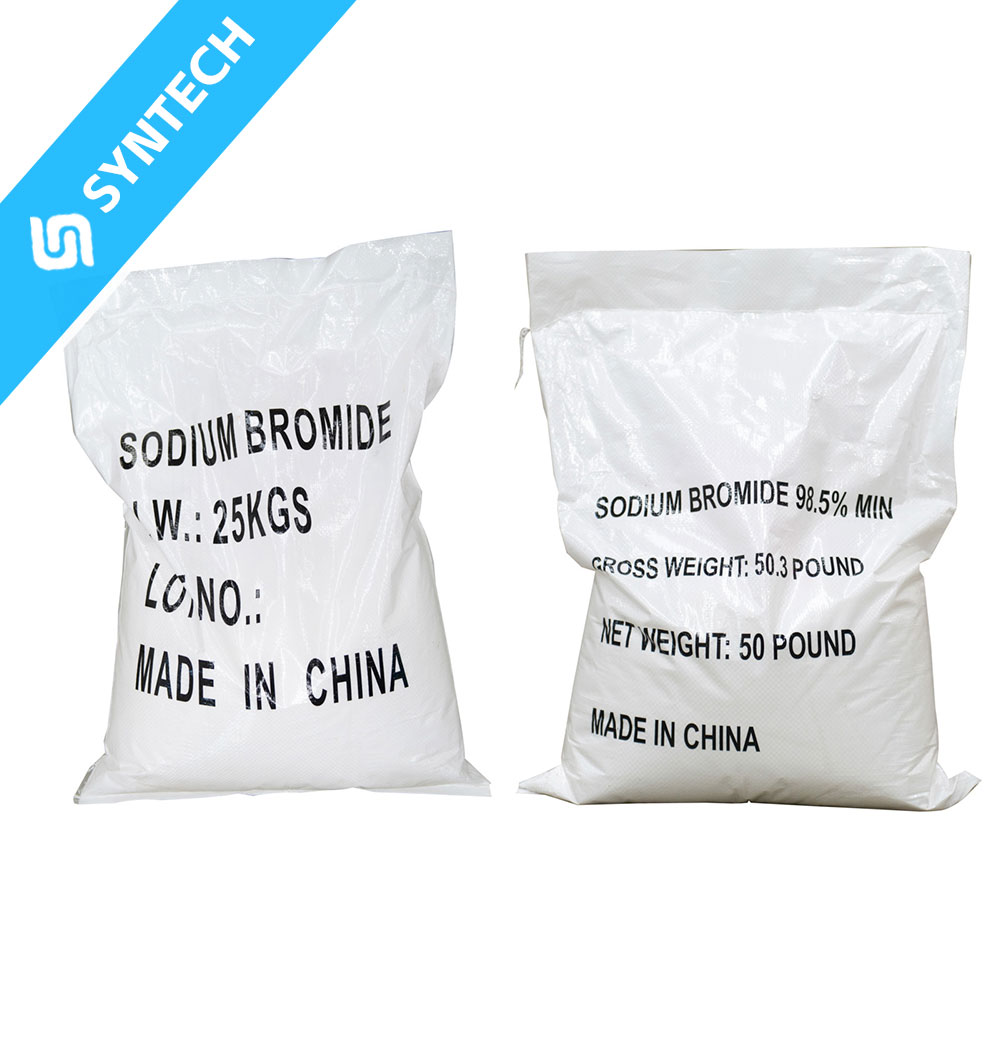When a Sodium Methallyl Sulfate (SMS) solution leaks in a production workshop, the emergency response must follow the principle of “personnel safety first, leak control second, and environmental protection last” to minimize risks of injury, environmental pollution, and secondary accidents. Below are the priority emergency steps, tailored to the properties of SMS solution (water-soluble, slightly irritating, and prone to hydrolysis if exposed to extreme conditions):
1. Ensure Personnel Safety: Evacuation and Personal Protection (PPE)
This is the top priority to prevent chemical contact or inhalation injuries.
- Evacuate non-essential personnel: Immediately guide workers not involved in emergency response to leave the leak area via designated escape routes; prohibit unauthorized re-entry to avoid accidental exposure.
- Equip emergency responders with PPE: Staff handling the leak must wear appropriate personal protective equipment before approaching the leak:
- Body protection: Chemical-resistant overalls (e.g., neoprene or PVC 材质) to prevent SMS solution from soaking into clothing and contacting skin.
- Eye/face protection: Impact-resistant chemical goggles or a full-face shield to avoid splashes irritating the eyes or mucous membranes.
- Hand protection: Nitrile gloves (not latex, as SMS may degrade latex) to resist permeation by the solution.
- Respiratory protection: If the leak is large and generates mist (unlikely for dilute SMS solutions, but possible for concentrated ones), wear a half-mask respirator with organic vapor/acid gas cartridges (to filter potential hydrolysis byproducts like methallyl alcohol).
2. Isolate the Leak Area to Prevent Risk Spread
Quickly limit the leak’s range to avoid contamination of equipment, pipelines, or drainage systems.
- Set up physical barriers: Use absorbent booms, sandbags, or chemical-resistant plastic dams around the leak to contain the SMS solution; ensure the barriers are higher than the solution’s depth to prevent overflow.
- Mark the hazard zone: Place warning signs (e.g., “Chemical Leak – No Entry”) around the isolated area, and assign a responder to guard the perimeter to prevent accidental intrusion.
- Shut off nearby utilities if needed: If the leak is near electrical equipment (e.g., pumps, motors), turn off the power supply to the area to avoid short circuits or electric shock (only if safe to do so).
3. Stop the Leak Source to Halt Further Discharge
Identify and address the root cause of the leak to prevent continuous release of SMS solution.
- Locate the leak point: Inspect SMS storage tanks, transfer hoses, valves, or piping joints to find where the solution is escaping (common sources: cracked hoses, loose valve connections, or damaged tank seams).
- Implement temporary containment:
- If the leak comes from a valve or hose, close the upstream isolation valve (e.g., the valve leading from the SMS tank to the leaking hose) to cut off the solution supply.
- If the leak is a small crack in a pipe or tank, use a chemical-resistant patch (e.g., epoxy-based repair tape) to seal it temporarily; avoid direct hand contact with the solution during patching.
- Verify leak cessation: After taking measures, monitor the area for 5–10 minutes to confirm the leak has stopped; if leakage persists, escalate to maintenance teams for emergency repairs.
4. Safely Clean Up the Spilled SMS Solution
Handle the spilled solution without causing environmental pollution or secondary hazards (SMS is water-soluble but may harm aquatic life if entering drains).
- Absorb the spilled solution: Use inert, absorbent materials that do not react with SMS, such as:
- Absorbent pads/rolls: Chemical-resistant (not cellulose-based, which may dissolve) pads to soak up small to moderate spills.
- Vermiculite or diatomaceous earth: For larger spills; spread the absorbent evenly over the solution, let it sit for 10–15 minutes to fully absorb, then scoop it into sealed containers.
- Avoid water dilution: Do not flush the spill with water, as this will spread the SMS solution and increase cleanup difficulty; it may also wash the solution into floor drains, leading to wastewater contamination.
- Collect waste properly: Place the absorbent-soaked SMS into labeled, chemically compatible containers (e.g., HDPE drums with tight-fitting lids); mark the containers with “Hazardous Waste – Sodium Methallyl Sulfate Spill Residue” for later disposal per local environmental regulations.
5. Decontaminate the Area and Equipment
After cleaning the spill, remove any residual SMS to prevent future risks (e.g., corrosion of equipment or skin irritation from leftover solution).
- Wipe down contaminated surfaces: Use a mild, neutral detergent (e.g., 1–2% sodium carbonate solution) and a chemical-resistant sponge to clean floors, walls, or equipment surfaces that came into contact with SMS; avoid strong acids/alkalis, which may cause SMS hydrolysis.
- Rinse and dry: Rinse the cleaned surfaces with small amounts of clean water (to remove detergent and residual SMS), then dry with clean towels or compressed air to prevent moisture-related issues (e.g., mold growth or equipment rust).
- Disinfect PPE: After use, decontaminate PPE by rinsing gloves, goggles, and overalls with water, then disinfect with a 0.1% hypochlorite solution (if compatible) before storage or disposal.
6. Post-Leak Inspection and Documentation
Prevent recurrence by documenting the incident and checking for hidden risks.
- Inspect related equipment: Conduct a full check of SMS storage tanks, pipelines, valves, and transfer systems to identify potential defects (e.g., aging hoses, corroded valves) that could cause future leaks; repair or replace defective parts immediately.
- Document the incident: Record details including the leak time, location, cause, amount of SMS spilled, response steps taken, and waste generated; this helps update emergency procedures and train staff on similar scenarios.
- Report if required: Notify local environmental authorities if the spill exceeds regulatory limits (e.g., large spills that may seep into soil or groundwater) to comply with legal requirements.






